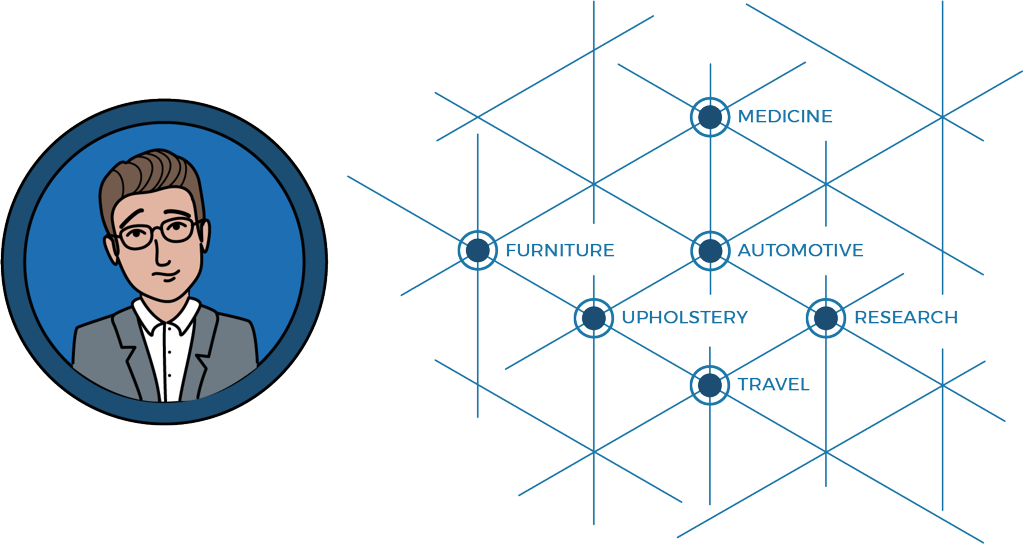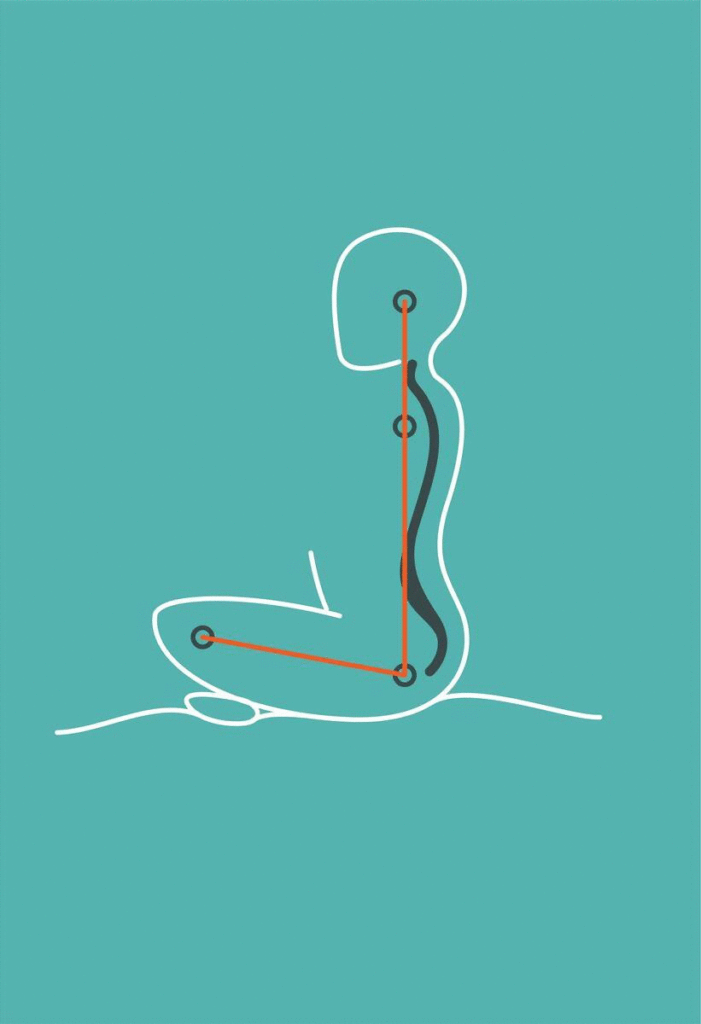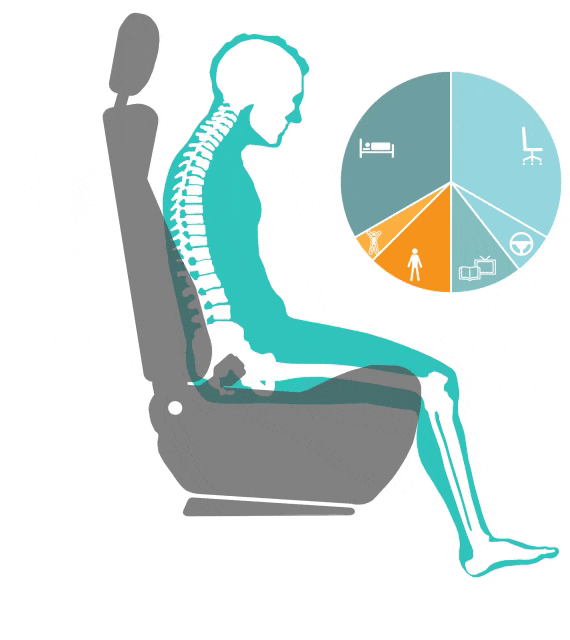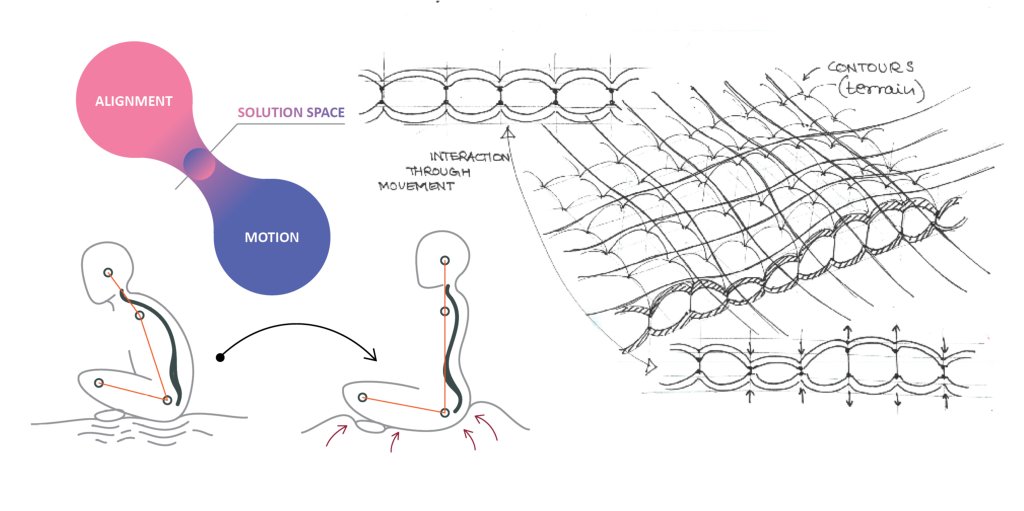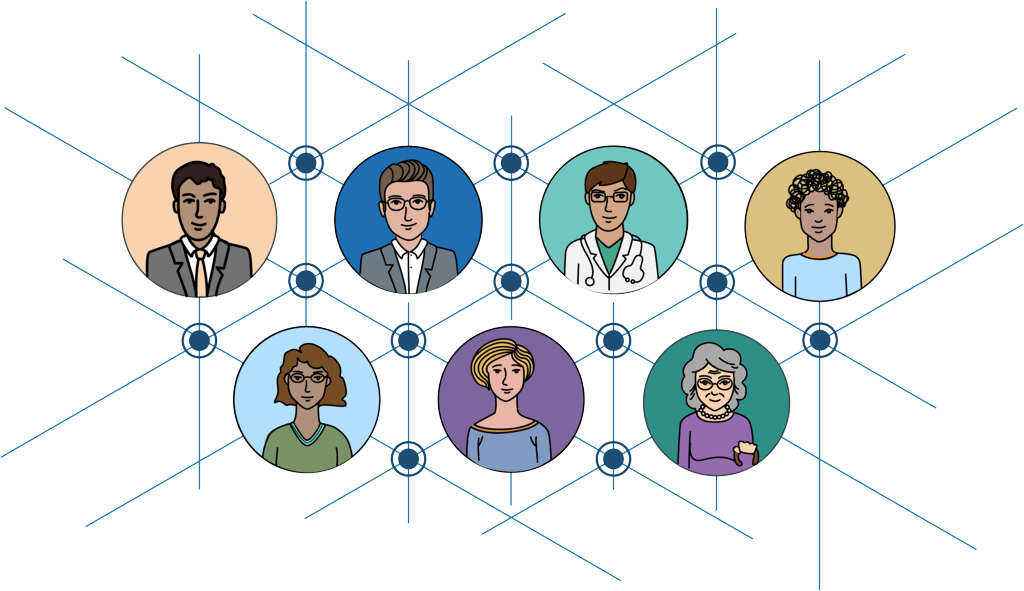Health & wellbeing have to be in balance; our bodies have evolved to find and maintain this balance. Modern systemic and environmental factors have contributed to many deviations in our living environments that push us beyond our evolutionary threshold. An important deviation is ‘Physical Inactivity’, a habit that has had the power to become a behaviour which, in our case, is becoming increasingly sedentary. Statistics highlight the magnitude and urgency of global health concerns born of sedentary behaviours. Hence the question: if the human body is meant to be moving, then why are our positioning systems so static? Technology can be used to place cues in the environment that trigger us to return to our natural state!
This project is all about motivating people to change their behaviour in seated environments. Theoretically, this can be achieved through active behaviour/expression of the environment or the objects/technologies of which it is composed. As everyone is unique in their behaviours, the response to affect change necessitates a tailored approach to achieve a quality we require from most future materials: the ability to be dynamic.
The Lily-Pad concept is a shape-morphing, soft-robotic material, with a programmable personality. When applied to the seat surface of a chair (where we mostly display sedentary behaviours), it can sense posture & simply nudge the user in the right direction by providing support through the contact surfaces. The aim is to create this material as a tool to design dynamic seating to trigger behavioural change.
The idea of a shape-morphing/changing surface is not new, but how we approach its design in application to a context is what determines its materiality and the impact it can create over time. Equipped with the ability to be dynamic, the object is no longer just a seat; it ‘blurs’ the boundaries between the different roles it plays or the identities it can acquire as part of a larger positioning system. It is no longer an object; it becomes an entity with autonomy & expression! This plurality can be acquired not just at the contextual level, but also at the material, component and object levels, where tangible, digital materials and processes overlap to create another whole.
